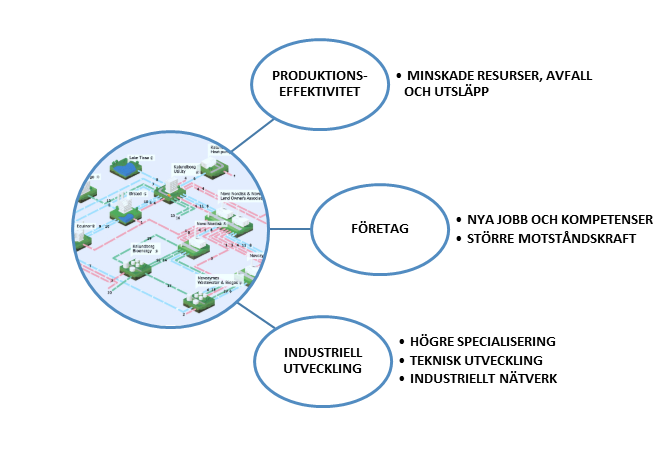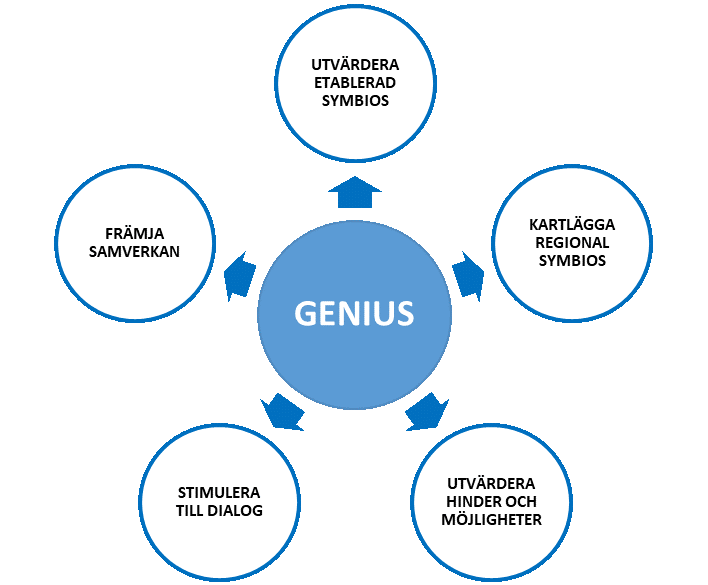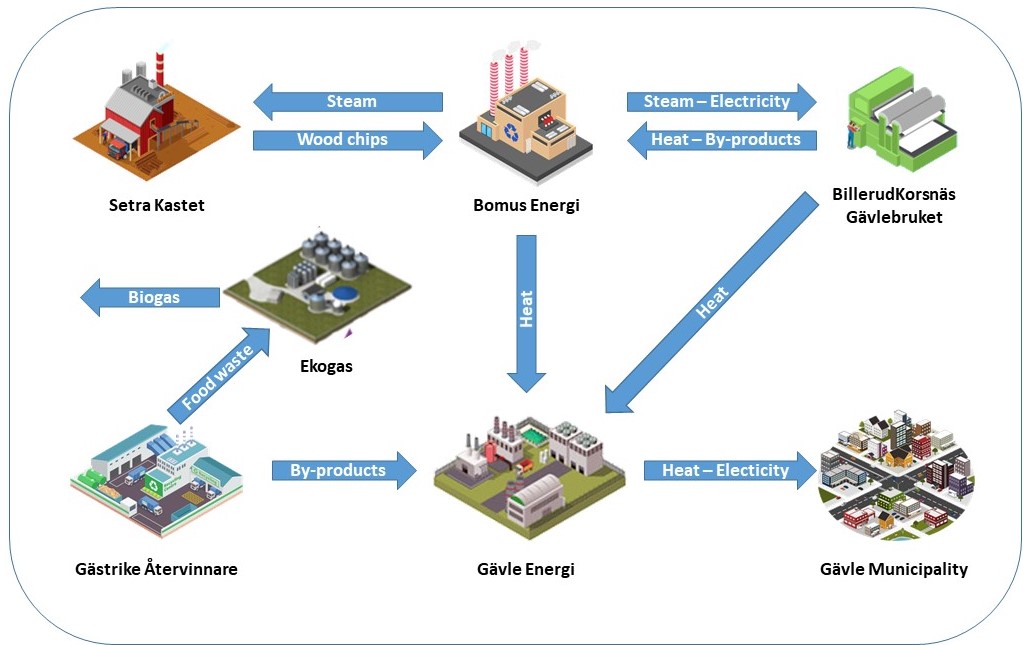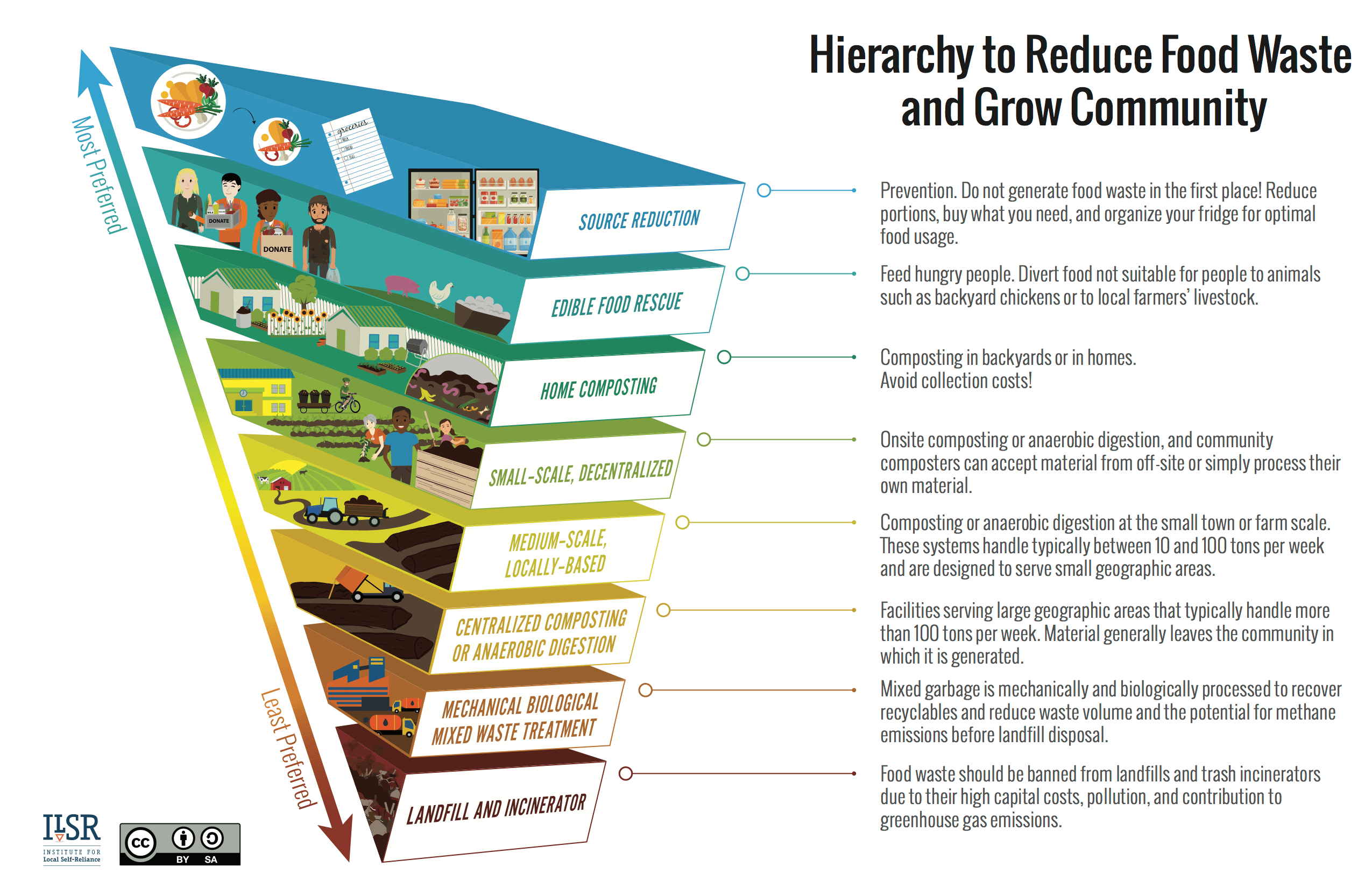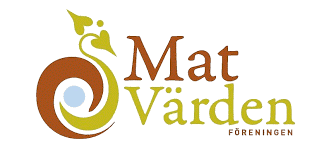Building cities, roads and other infrastructure requires enormous amounts of resources in the form of energy and both heavy and light materials. In addition, construction processes and other industrial processes give rise to large amounts of waste.
A significant environmental benefit will come from making construction processes as resource-efficient as possible also considering that many mineral waste and residual products are technically well suited for use in construction and civil engineering work.
Two clear examples of this are ashes from energy production and demolition concrete. Although there is little doubt that these materials can be used to a large extent from a purely technical point of view in today's construction processes, this only happens to a limited extent and often in a relatively low-value application.
Our research focuses on construction and demolition waste production, flow and further use. It also aims to find solutions for other waste use in new constructions in order to gain a commercial advantage in addition to environmental benefit.
The study is open to any interested stakeholder, both private and public. It will be developed in collaboration with Region Gävleborg, Novus Ecosystems, Peab, Cementa, Swerock and RgsNordic.
The project will analyse existing and planned construction projects to identify:
- Material needs in new construction
- Material surpluses from new construction
- Material produced from planned demolition
- Other waste material to use in new constructions
This will help evaluate potential symbiosis from economic, social and environmental perspectives as well as best available technologies.


